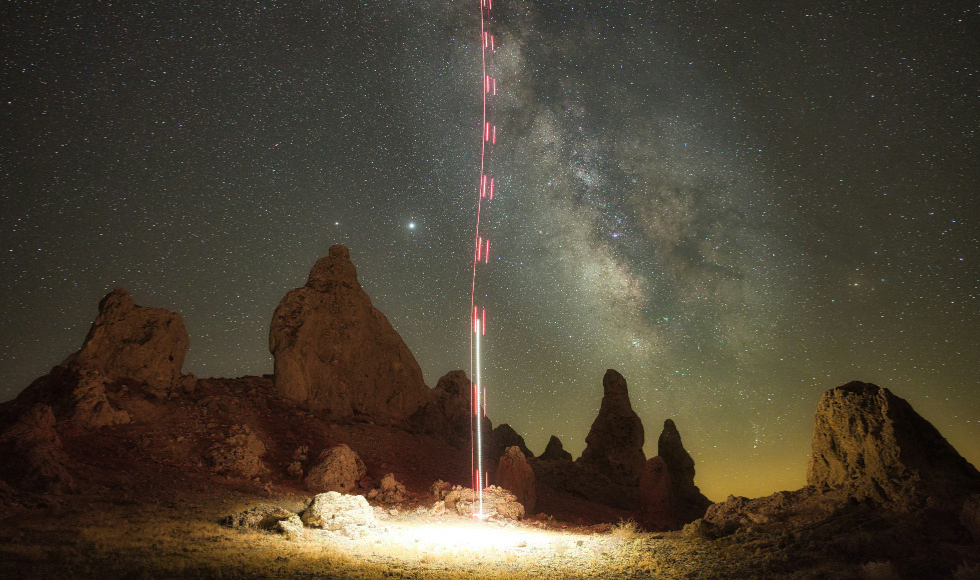New course explores the intersection of art and science

Through lectures, group presentations, hands-on creative projects and field trips to on-campus labs, students explore how disciplines such as microbiology, physics, geoscience, medicine and botany have inspired a wide range of art (Photo by Venti Views on Unsplash).
When art meets science, interesting things happen. And a new course in McMaster’s School of the Arts is exploring that intersection – and coming up with some interesting things of their own.
“Arts Across Disciplines” (iARTS2PD3), an iArts foundational course taught by School of the Arts assistant professor Christine Swintak, looks at the cross pollination between the arts and science, engineering, health science and social science.
“Artists have been interlinked with other fields of inquiry for a long time – there’s lots of art that uses things like brain sensors or magnets or radioactive metrics,” explains Swintak. “This class is meant to introduce students to that possibility – and on the flip side, the students who are in the class from more scientific fields get a moment to be a little freer and do a more impressionistic kind of research.”
Through lectures, group presentations, hands-on creative projects and field trips to on-campus labs, students explore how disciplines such as microbiology, physics, geoscience, medicine and botany have inspired a wide range of art – and how advances in material science and manufacturing have given artists new technology to work with.
“On the first day of class, Professor Swintak mentioned that the course would run like a buffet – each week, we’d dabble in different scientific concepts and artist spotlights,” says second-year iArts student Nayeli Redican.
“A theme I noticed was that before they find their niche, many artists in science fields don’t have science degrees, or strong science backgrounds at all. This was really freeing for somebody like me, who only took up to grade 10 science. The class made science a lot less daunting for me and helped me realize that I don’t need to have taken every Grade 12 science class to infuse science in my work.”
And while the class shows students how science has inspired art, it also demonstrates how art does the same for science.
“I think the real shared ground is the imagination element – a lot of areas of scientific inquiry start with an idea, and a lot of what artists do is come up with ideas and innovative material methods to share them,” Swintak explains.
“A lot of science is very repetitive, and artists have a little bit of freedom and the option to push boundaries – and when the two interact, that can lead to further innovation.”
Students in Arts Across Disciplines will be showcasing their exploratory work at an exhibition on Monday, April 7 from 10 a.m. to 12 p.m. in TSH 118. All are welcome to attend.


